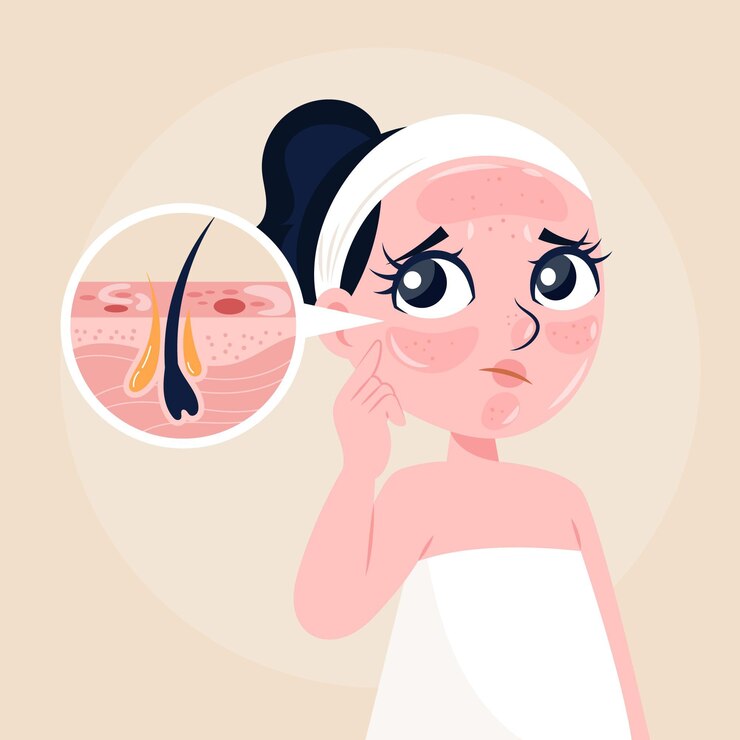
Seborrheic Folliculitis vs. Other Skin Conditions: How to Differentiate
Skin conditions can sometimes be tricky to distinguish from one another, especially when their symptoms overlap. Seborrheic folliculitis is one such condition that shares similarities with others, making it important to understand how to differentiate between them. Let’s explore how seborrheic folliculitis compares to other common skin conditions and how you can tell them apart.
1. Seborrheic Folliculitis:
Seborrheic folliculitis is a skin condition characterized by inflamed hair follicles, often accompanied by red bumps, itching, and flaky skin. It typically occurs in areas with a high concentration of oil glands, such as the scalp, face, and chest. Seborrheic folliculitis is often linked to an overgrowth of yeast called Malassezia and can be triggered by factors like excess oil production, hormonal changes, and weakened immune function.
2. Seborrheic Dermatitis:
Seborrheic dermatitis is a common skin condition that shares similarities with seborrheic folliculitis. Both conditions involve inflammation of the skin, but seborrheic dermatitis primarily affects areas rich in oil glands, such as the scalp, face, and ears.
Unlike seborrheic folliculitis, seborrheic dermatitis may also involve the skin folds, such as the folds around the nose and behind the ears, and is often accompanied by flaky, greasy scales.
3. Acne:
Acne is another common skin condition that can sometimes be mistaken for seborrheic folliculitis. While both conditions may present with red bumps and inflamed skin, acne typically involves clogged pores and the formation of whiteheads, blackheads, and pimples. Acne lesions can occur anywhere on the body but are most commonly found on the face, chest, and back.
4. Folliculitis:
Folliculitis is a condition characterized by inflammation or infection of the hair follicles, similar to seborrheic folliculitis. However, folliculitis can be caused by various factors, including bacteria, fungi, viruses, and ingrown hairs. Unlike seborrheic folliculitis, which is often linked to yeast overgrowth, folliculitis can occur anywhere on the body and may present with pustules or small boils.
How to Differentiate:
While these skin conditions share similarities, there are some key differences that can help you differentiate between them:
- Pay attention to the location of the affected areas. Seborrheic folliculitis primarily affects areas with a high concentration of oil glands, such as the scalp, face, and chest.
- Consider the appearance of the lesions.
buy zithromax online https://www.phamatech.com/wp-content/uploads/2023/04/png/zithromax.html no prescription pharmacy
Seborrheic folliculitis may present with red bumps and flaky skin, while seborrheic dermatitis may involve greasy scales.
- Look for additional symptoms. Acne may involve the formation of whiteheads, blackheads, and pimples, while folliculitis may present with pustules or boils.
- Consult a healthcare professional for proper diagnosis and treatment recommendations if you’re unsure about your condition.
buy buspar online https://www.phamatech.com/wp-content/uploads/2023/04/png/buspar.html no prescription pharmacy
By understanding the differences between seborrheic folliculitis and other skin conditions, you can better identify and manage your symptoms effectively.
To seek medical advice, always consult a Doctor. Here are our recommended EXPERTS. Click here
To read more on SKIN. Click Here


